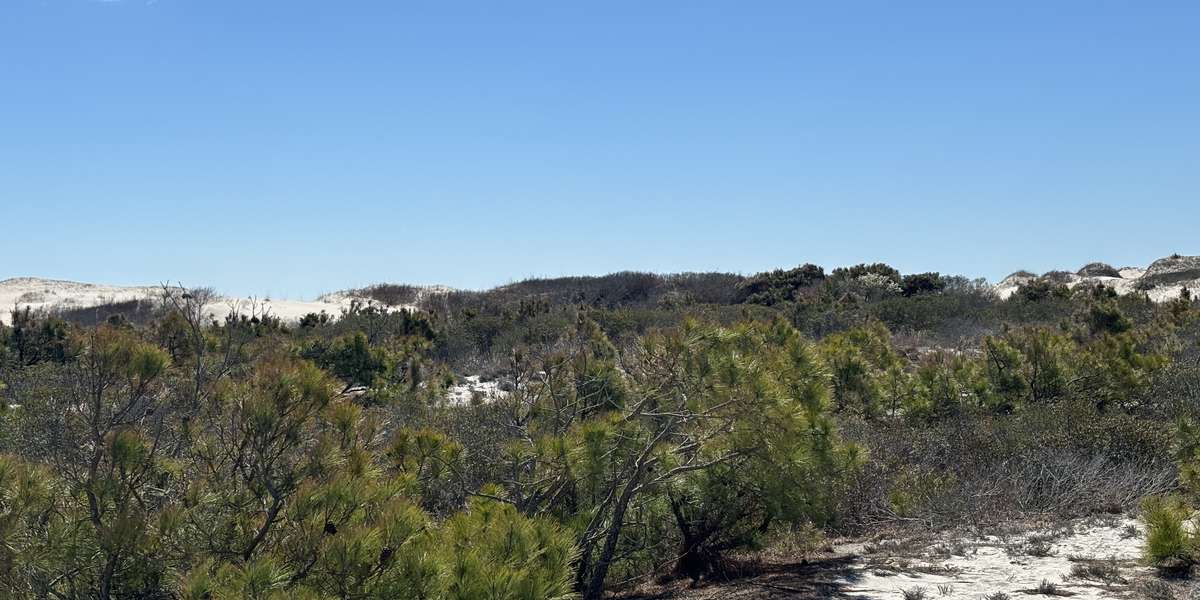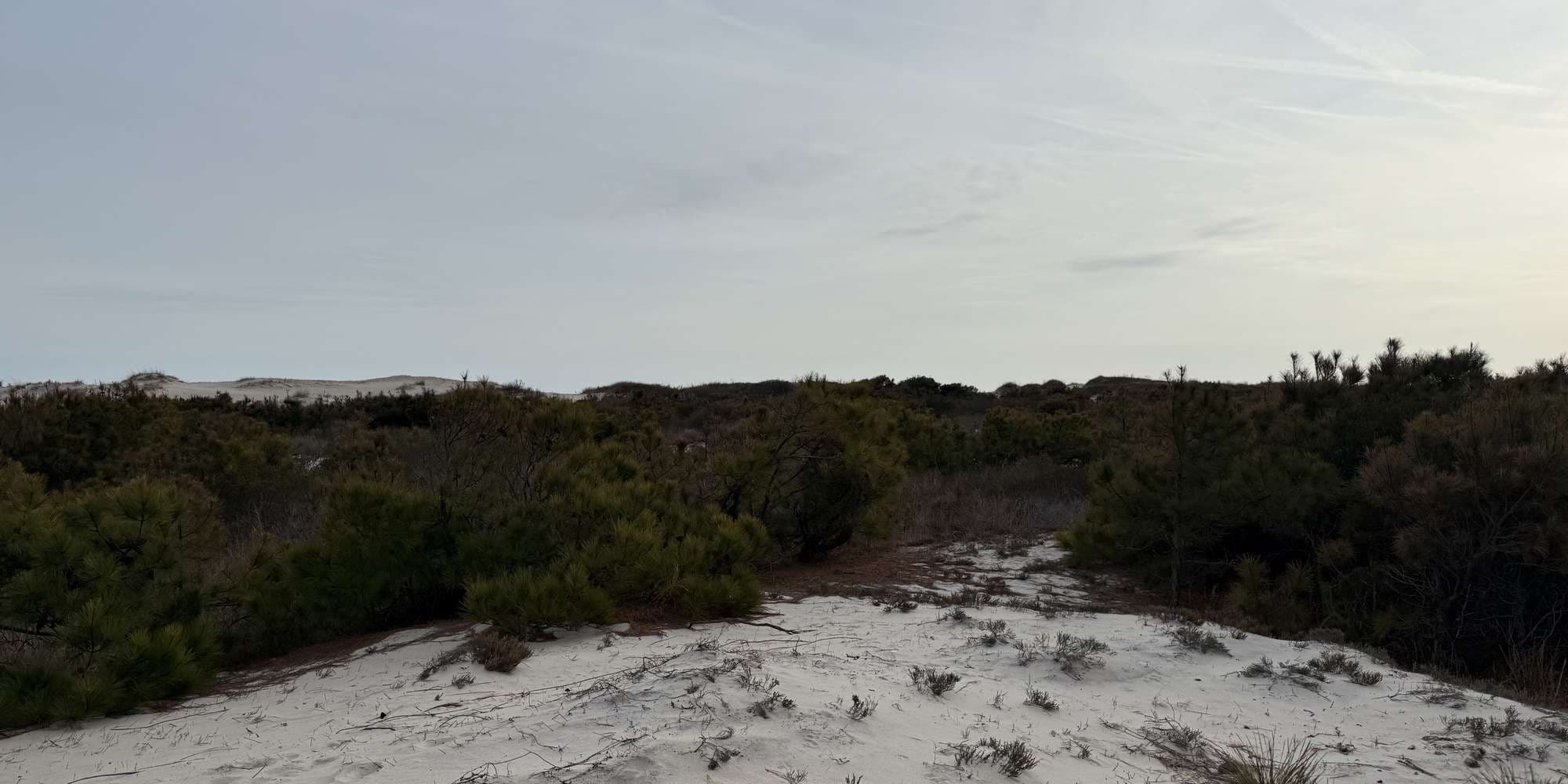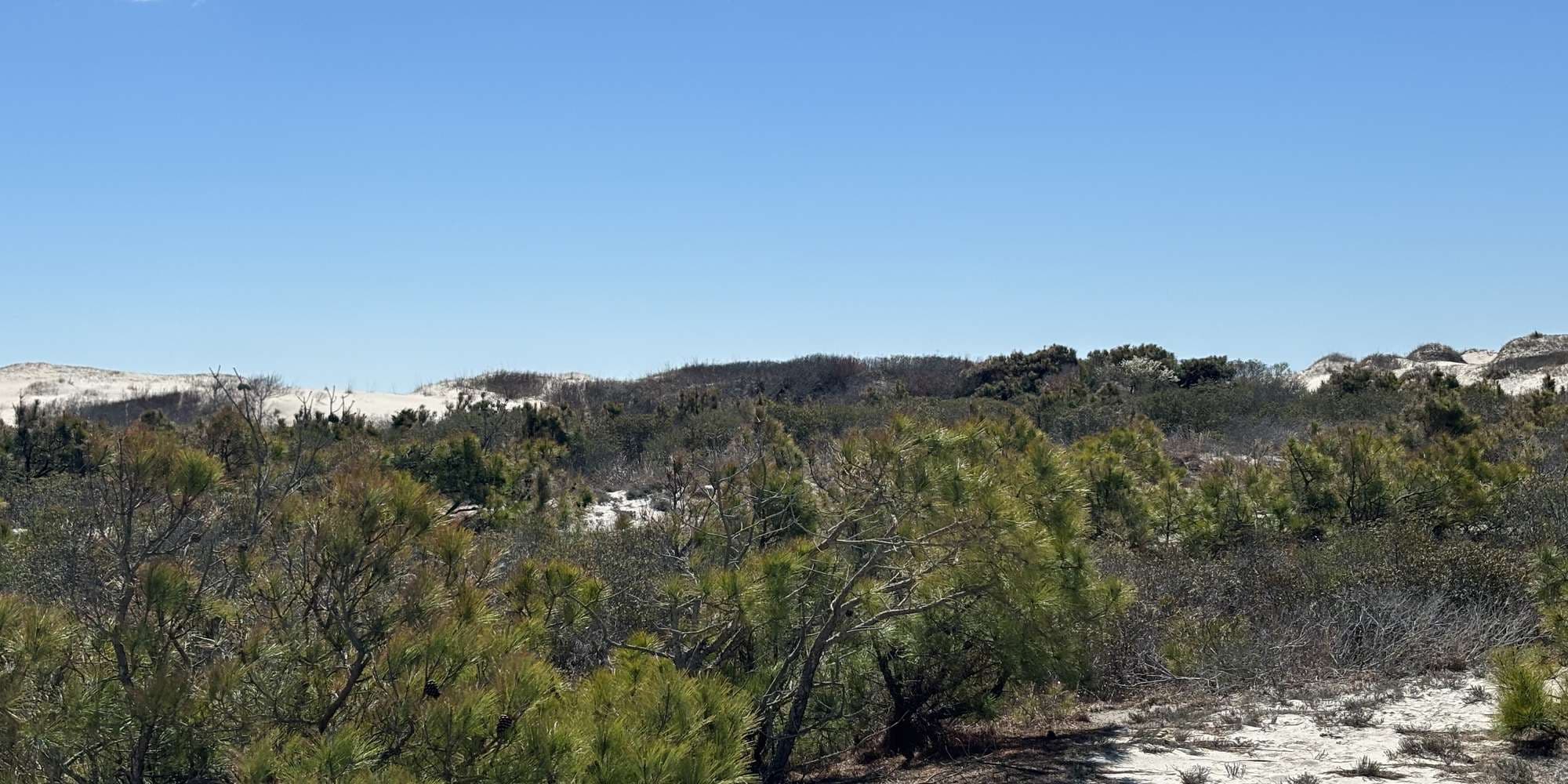2024
2025
2026



2024
2025
2026
Assateague Island - Life of the Dunes Trail
Managed by Assateague Island National Seashore
Since 2024
In Maryland, US
ASI103
This chronolog combines 384 photos from 373 contributors. Learn more
About this site
Thank you for visiting Assateague Island National Seashore and for participating in our Chronolog Citizen Science Project. Dunes and grasslands are among the most dynamic habitats along Assateague Island and are always changing. American beach grass serves as the foundation of the dune ecosystem. Grass stems and rhizomes grow deep into the sandy substrate, stabilizing dunes, and supporting dune growth. Beach heather is another common dune plant that grows along lower elevation dunes and provides a showy display of yellow blooms every spring. Red foxes frequent these dune and grassland habitats, scavenging for dead fish and other marine life that wash in with the tides. During extended periods of low storm frequency, tree species like the loblolly pine start to encroach into the dune environment from the adjacent forest.
As global climate changes, the rate of sea level rise and the intensity of coastal storms is expected to increase. During major coastal storm events, ocean waves wash over the dunes, carrying large amounts of sand and saltwater that gets deposited within the island interior. This natural overwash process redistributes sediment, builds land surface elevation, and allows the barrier island to migrate westward in response to sea level rise. As the rate of overwash increases, dunes will erode, and beach elevations will decrease. A single coastal storm event can result in drastic changes across this landscape. Your photograph taken at this location will help document the impact of sea level rise and coastal storm surge on the habitats of Assateague Island National Seashore.
About Assateague Island National Seashore
www.nps.gov/asis
For nature-lovers
Explore chronologs
For organizations
Chronolog is a monitoring tool for parks, nature centers, wildlife organizations, schools, and museums worldwide. With over 100,000 contributors across 300 organizations, Chronolog is on a mission to engage communities with nature while recording important natural changes.
© Chronolog 2026 | Terms